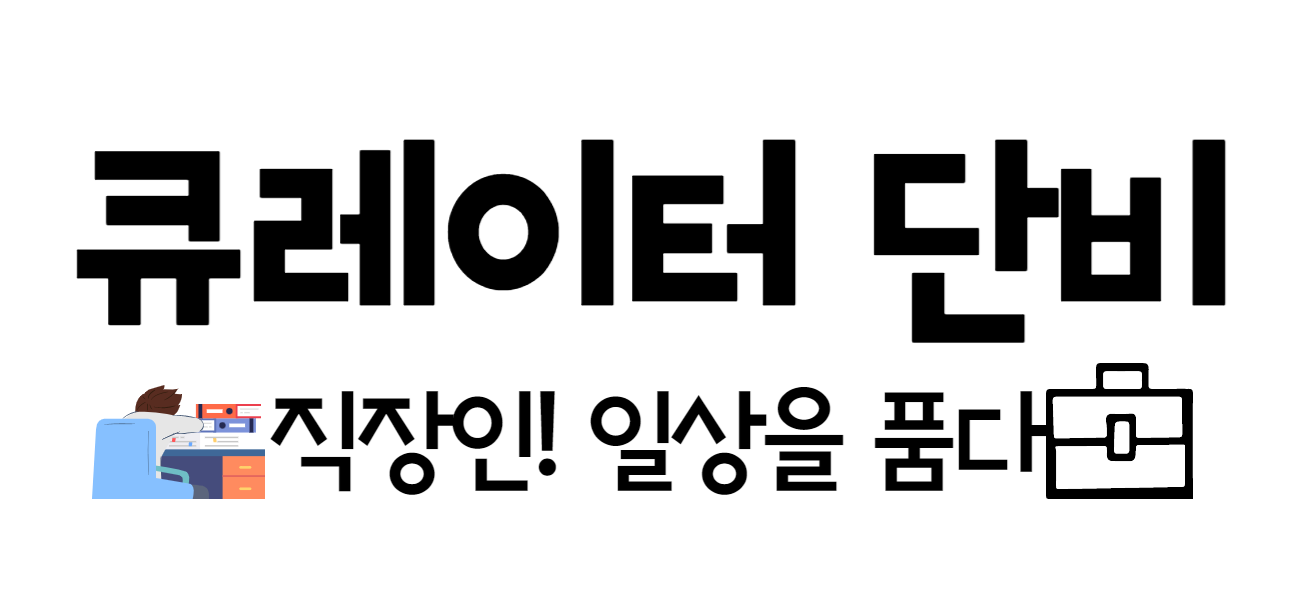Table of Contents
- Introduction – How to Say Thank You in Korean
- Part 1: Saying Thank You in Korean – how to say thank you in korean
- Part 2: Enhancing Your Korean Gratitude Repertoire – how to say thank you in korean
- Part 3: Cultural Considerations and Context – how to say thank you in korean
- how to say thank you in korean – Conclusion
Introduction – How to Say Thank You in Korean
In this article, we will explore various ways to express gratitude in Korean, ranging from formal to informal phrases. Learning how to say “thank you” is an essential aspect of any language, as it allows you to show appreciation and respect to others. Whether you’re planning a trip to Korea, making Korean friends, or simply want to broaden your language skills, mastering these expressions will undoubtedly leave a positive impression. Let’s delve into the fascinating world of expressing gratitude in Korean!
Part 1: Saying Thank You in Korean – how to say thank you in korean
Formal Expressions – how to say thank you in korean
When expressing gratitude in a formal context, such as towards elders, bosses, or strangers, it is important to use respectful language. Here are some commonly used formal phrases:
- 감사합니다 (kamsahamnida) – This is the standard and most commonly used expression for “thank you” in formal situations. It is appropriate to use in various settings, such as at work, in shops, or when interacting with older individuals.
- 정말 감사합니다 (jeongmal kamsahamnida) – This phrase means “thank you very much” and conveys a deeper level of gratitude. It is particularly suitable when you want to express sincere appreciation.
Informal Expressions – how to say thank you in korean
In casual and informal situations, such as with friends or peers of similar age, you can use less formal expressions to say thank you. Here are some informal phrases:
- 고마워 (gomawo) – This is a common way to say “thank you” informally among friends and people of similar age groups. It’s a simple and friendly expression that can be used in various contexts.
- 고마워요 (gomawoyo) – Similar to the previous phrase, this expression adds a polite tone to the informal thank you. It’s often used when you want to express gratitude to someone you are not very close to or in a more polite setting.
Thanking Someone for Something Specific
If you want to thank someone for a specific action or gesture, you can use these phrases to express your appreciation:
- 모든 것에 감사합니다 (modeun geose kamsahamnida) – This phrase translates to “thank you for everything” and can be used to express gratitude for a broad range of things. It’s a sincere way to show appreciation for someone’s efforts or support.
- 도움 주셔서 감사합니다 (doum juseoso kamsahamnida) – When someone has helped you and you want to express your gratitude, this phrase will convey your appreciation. It means “thank you for helping me.”
Part 2: Enhancing Your Korean Gratitude Repertoire – how to say thank you in korean
Now that you are familiar with the essential phrases for saying thank you in Korean, let’s explore some additional expressions that can enrich your gratitude vocabulary.
- 안녕하세요 (annyeonghaseyo) – While this phrase is commonly used to say “hello” in Korean, it can also be used as a way to express thanks in a more polite manner. It’s a versatile phrase that can be used in various situations.
- 아니요, 감사합니다 (aniyo, kamsahamnida) – If you need to decline an offer or politely say “no thank you,” this expression is perfect. It conveys gratitude while politely declining the offer or invitation.
- 네, 감사합니다 (ne, kamsahamnida) – This phrase means “yes, thank you” and is often used to accept a kind offer or express appreciation for someone’s thoughtfulness.
- 미안합니다 (mianhamnida) – Although it translates to “sorry,” it can also be used as a way to express thanks in certain situations where you appreciate someone’s understanding or forgiveness.
Part 3: Cultural Considerations and Context – how to say thank you in korean
Understanding cultural nuances is crucial when expressing gratitude in any language. In Korean culture, showing respect and gratitude is highly valued. Remember the following tips to ensure your expressions of gratitude are appropriate:
- Use the appropriate level of formality based on the context and the person you are addressing. Being mindful of your language will help you navigate social situations with ease.
- When receiving a gift, it’s customary to express thanks by saying 선물 받아서 감사합니다 (seonmul badaseo kamsahamnida), which means “thank you for the gift.” Adding a sincere smile and a bow can further emphasize your appreciation.
- Non-verbal cues such as maintaining eye contact, nodding, or using polite body language can enhance the sincerity of your gratitude.
how to say thank you in korean – Conclusion
Mastering the art of saying thank you in Korean opens doors to deeper connections and cultural understanding. Whether you choose to express gratitude in a formal or informal setting, using these phrases will undoubtedly leave a positive impression on the Korean people you encounter. Remember to practice these expressions and be mindful of the cultural context to ensure your words convey sincerity and respect. 감사합니다! (Thank you!)
Table of Contents
- Introduction – How to Say Thank You in Korean
- Part 1: Saying Thank You in Korean – how to say thank you in korean
- Part 2: Enhancing Your Korean Gratitude Repertoire – how to say thank you in korean
- Part 3: Cultural Considerations and Context – how to say thank you in korean
- how to say thank you in korean – Conclusion

1) 유튜브 채널 – 10,500 구독자와 함께하는 유튜버 [ 큐레이터 단비 ]
– 유튜브 채널 ‘내’가 있는 유튜브와 블로그로 이루는 퍼스널 브랜딩 채널
2) 네이버 카페 커뮤니티
– [ 큐레이터 단비 – 퍼스널 브랜딩 커뮤니티 유튜브 온라인 수익화 방법 및 노하우 공유 ]
3) 본 블로그의 다른 글 보기
액션캠 악세사리 추천 – DJI 오즈모 액션4 추천


- Korean Travel 8 Tips: A Comprehensive Guide – Exploring the Land of the Morning Calm87 / 100 Powered by Rank Math SEO Korean Travel Tips – Exploring the Land of the Morning Calm Korea, also known as the Land of the… Read more: Korean Travel 8 Tips: A Comprehensive Guide – Exploring the Land of the Morning Calm
- Overseas Travel 8 Tips – Embracing the Adventure: Your Comprehensive Guide80 / 100 Powered by Rank Math SEO Welcome to our comprehensive guide on international travel / overseas travel! In this post, we’re going to explore all… Read more: Overseas Travel 8 Tips – Embracing the Adventure: Your Comprehensive Guide
- How to Say Thank You in Korean: 3 Comprehensive Guide86 / 100 Powered by Rank Math SEO Introduction – How to Say Thank You in Korean In this article, we will explore various ways to express… Read more: How to Say Thank You in Korean: 3 Comprehensive Guide





![[SUB] Vietnam Emerging Market -Vietnam’s Emergence as an Emerging Market (97470000 People) [SUB] Vietnam Emerging Market -Vietnam's Emergence as an Emerging Market (97470000 People)](https://min-inter.co.kr/wp-content/uploads/2023/03/020-Vietnams-Emergence-as-an-Emerging-Market-356x220.jpg)
![[SUB] North Korea’s Economic Crisis: Impact on Its Citizens (26160000 People) [SUB] North Korea's Economic Crisis: Impact on Its Citizens (26160000 People)](https://min-inter.co.kr/wp-content/uploads/2023/03/019-Why-does-North-Korea-turn-a-blind-eye-to-the-market-economy-and-stick-to-its-policy-of-closure-356x220.jpg)











![[How to Make Money] Money, how to earn, 6 answers (Content business, Online distribution) + steady.](https://min-inter.co.kr/wp-content/uploads/2022/01/20220118-MONEY-324x235.jpg)
